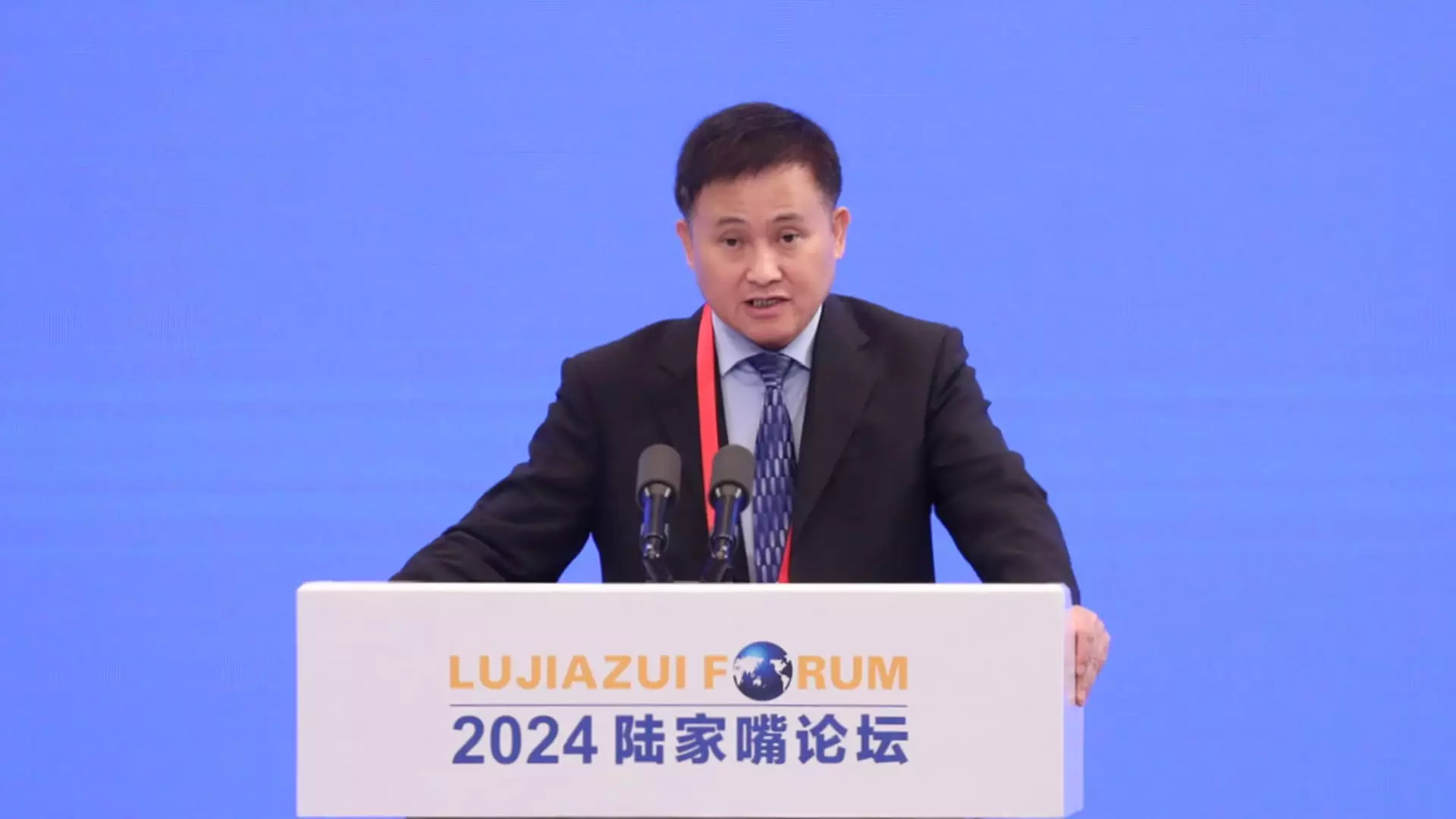In recent developments, the People’s Bank of China (PBOC) has announced a significant adjustment to its monetary policy aimed at stimulating the economy. Governor Pan Gongsheng confirmed during a press conference that the reserve requirement ratio (RRR)—the percentage of deposits that banks must hold in reserve—will be reduced by 50 basis points. This move, a direct response to pressing economic conditions, marks an important step in China’s ongoing efforts to bolster growth amid persistent deflationary pressures.
The announcement of a 50 basis point cut in the RRR is expected to free up liquidity for banks, enabling them to lend more. Governor Pan hinted that there might be additional cuts later in the year, indicating a flexible approach to monetary policy depending on market conditions. The PBOC has also decided to reduce the 7-day repo rate by 0.2 percentage points, further signaling its intent to encourage financial institutions to increase lending and support economic activity.
Such cuts are particularly pivotal given the context; a record low yield of 2% on China’s 10-year government bonds suggests that investors are seeking safer assets due to economic uncertainty. The financial sector’s response to these cuts will be closely monitored, as any increase in lending could stabilize struggling sectors, particularly real estate, which has been a significant drag on the economy.
Alongside the RRR reduction, the possibility of a cut in the loan prime rate (LPR) has been introduced. Although specifics regarding the type of LPR—whether one-year or five-year—remain vague, Pan’s mention of potential further cuts indicates a comprehensive strategy to enhance credit availability. The decision not to adjust the LPR immediately during the last monetary policy meeting demonstrates a cautious approach, one that balances short-term needs with long-term stability.
The PBOC’s upcoming official announcements regarding these policy changes will be crucial for market participants. The focus on transparency surrounding these measures is vital, as clarity will help manage expectations and provide a more predictable economic environment.
The timing of this high-level press conference is noteworthy, occurring just after the U.S. Federal Reserve initiated an interest rate cut. The Fed’s easing signals a shift in global monetary policy that may provide the PBOC with the leeway to adopt similar measures without risking significant capital outflow or exchange rate volatility. By synchronizing its monetary policy with global trends, China may find opportunities to stimulate its economy while mitigating risks associated with external shocks.
Moreover, the current strategy reflects the necessity of addressing multiple economic headwinds, including a slowdown exacerbated by plummeting consumer confidence and deteriorating real estate markets. The PBOC’s flexibility to adapt its policies in light of both internal and external pressures underscores a nuanced understanding of the intertwined nature of global finance and domestic economic realities.
China’s decision to adjust its monetary policy through the reduction of the reserve requirement ratio and potential cuts to various interest rates illustrates a strategic effort to inject vitality into its economy. As the PBOC navigates the complexities of fiscal stimulus while keeping an eye on global trends, its moves will be pivotal in determining the trajectory of China’s economic recovery. With a cautiously optimistic outlook, the steps announced by the PBOC may prove essential in fostering an environment conducive to growth, resilience, and market confidence.
The current economic climate necessitates decisive actions, and the PBOC seems determined to pave the way for recovery, albeit with patience and calculated risk management. The coming months will be critical as the effects of these monetary adjustments unfold, providing insight into the effectiveness of China’s broader economic strategies.

